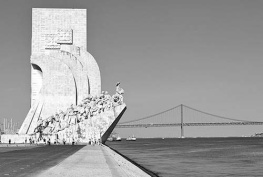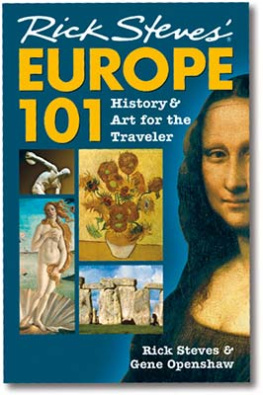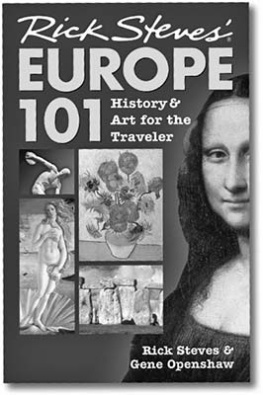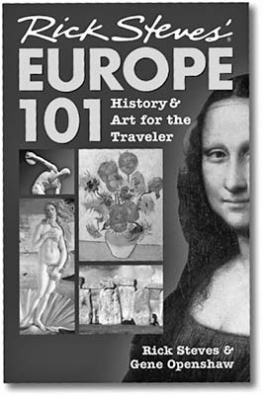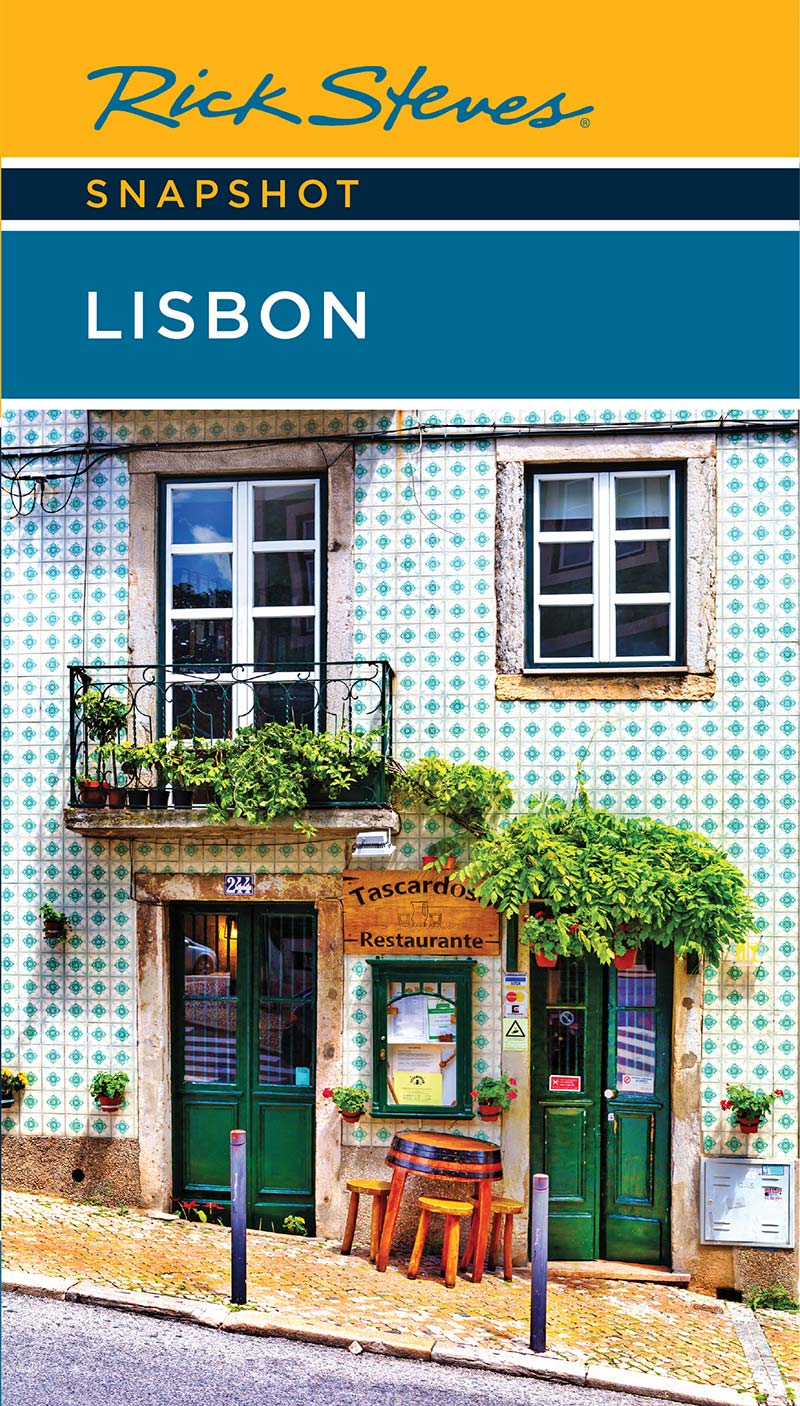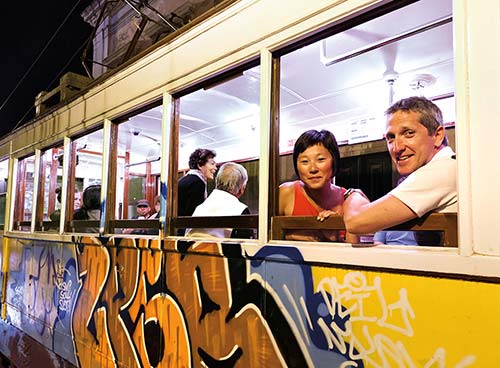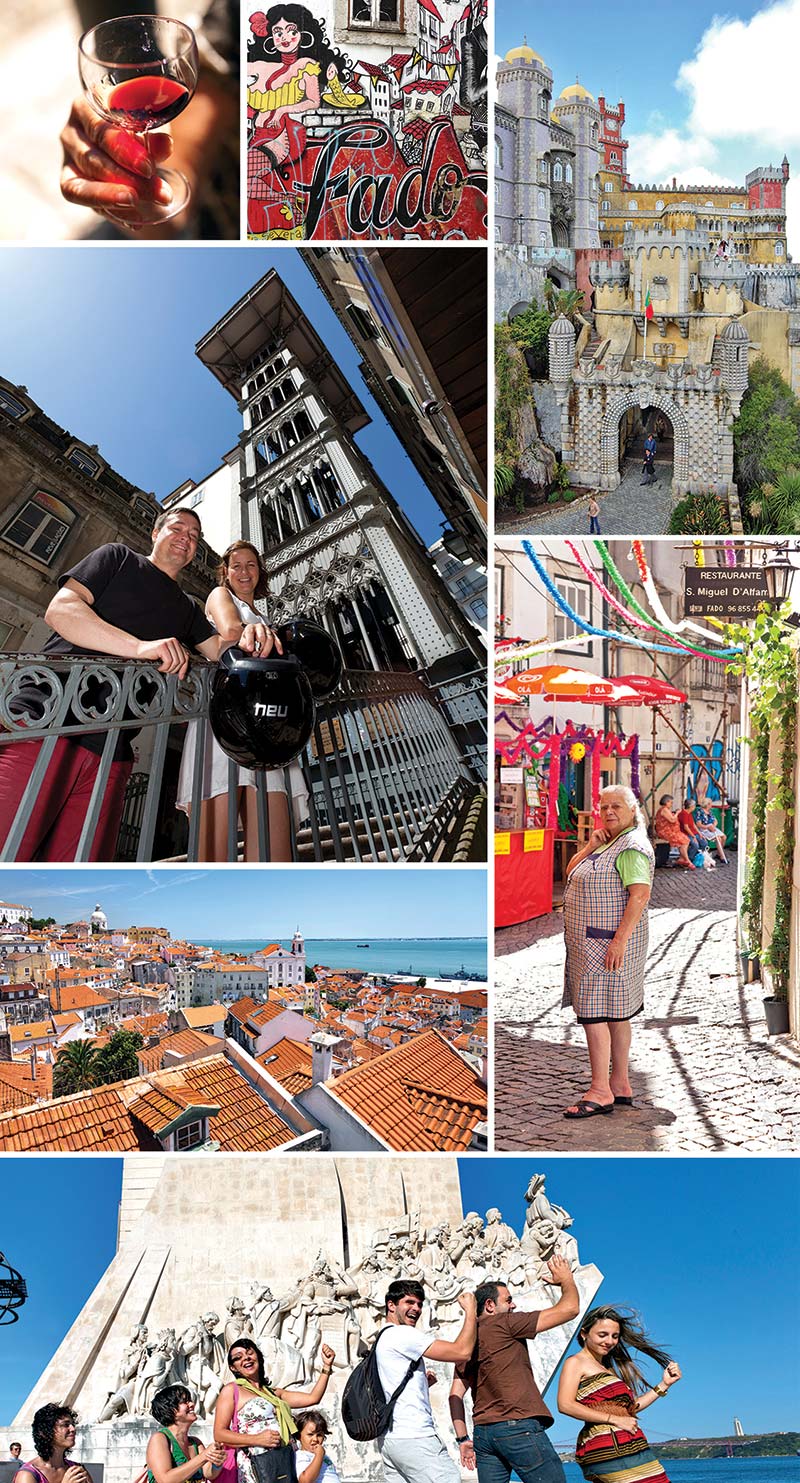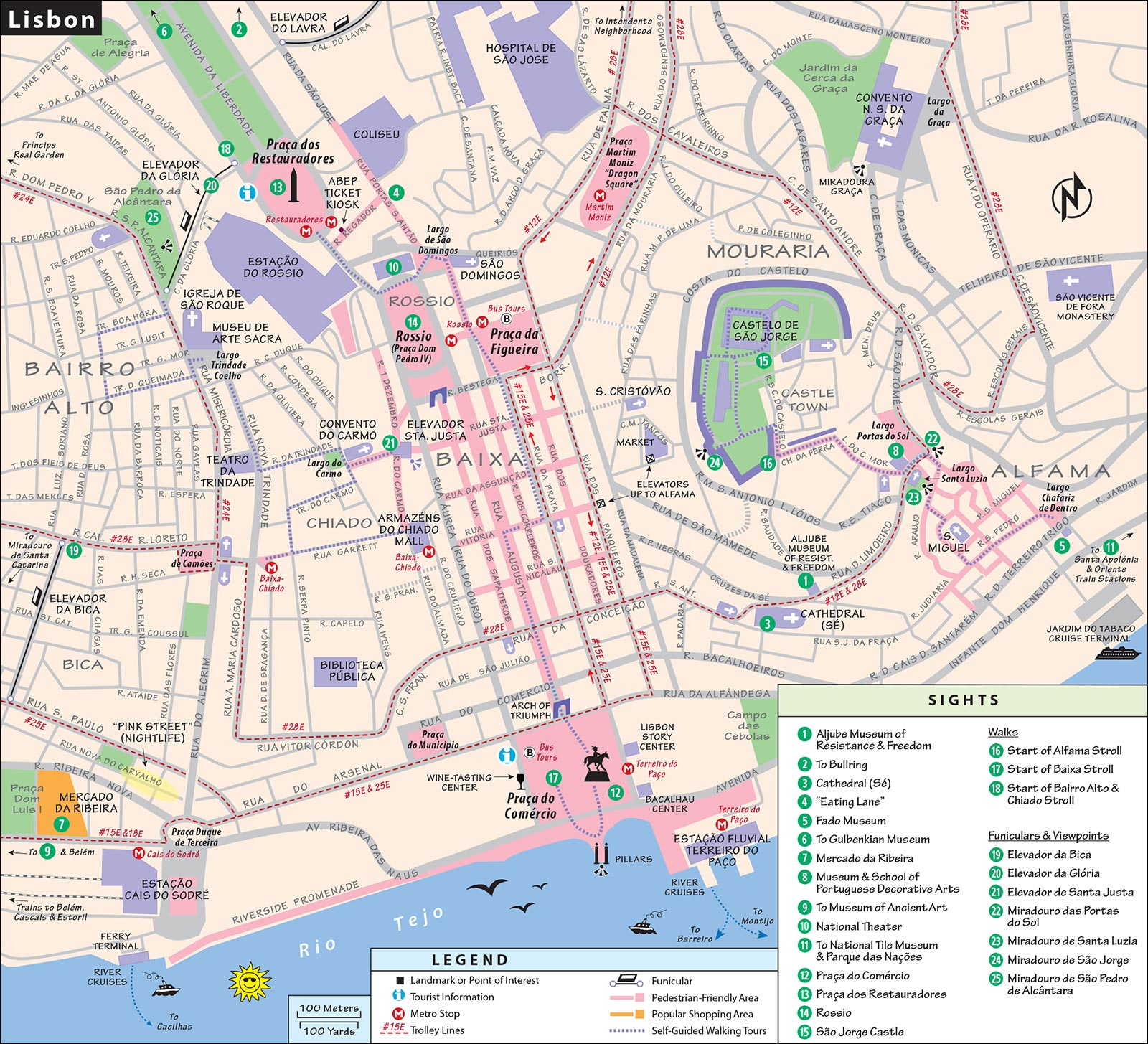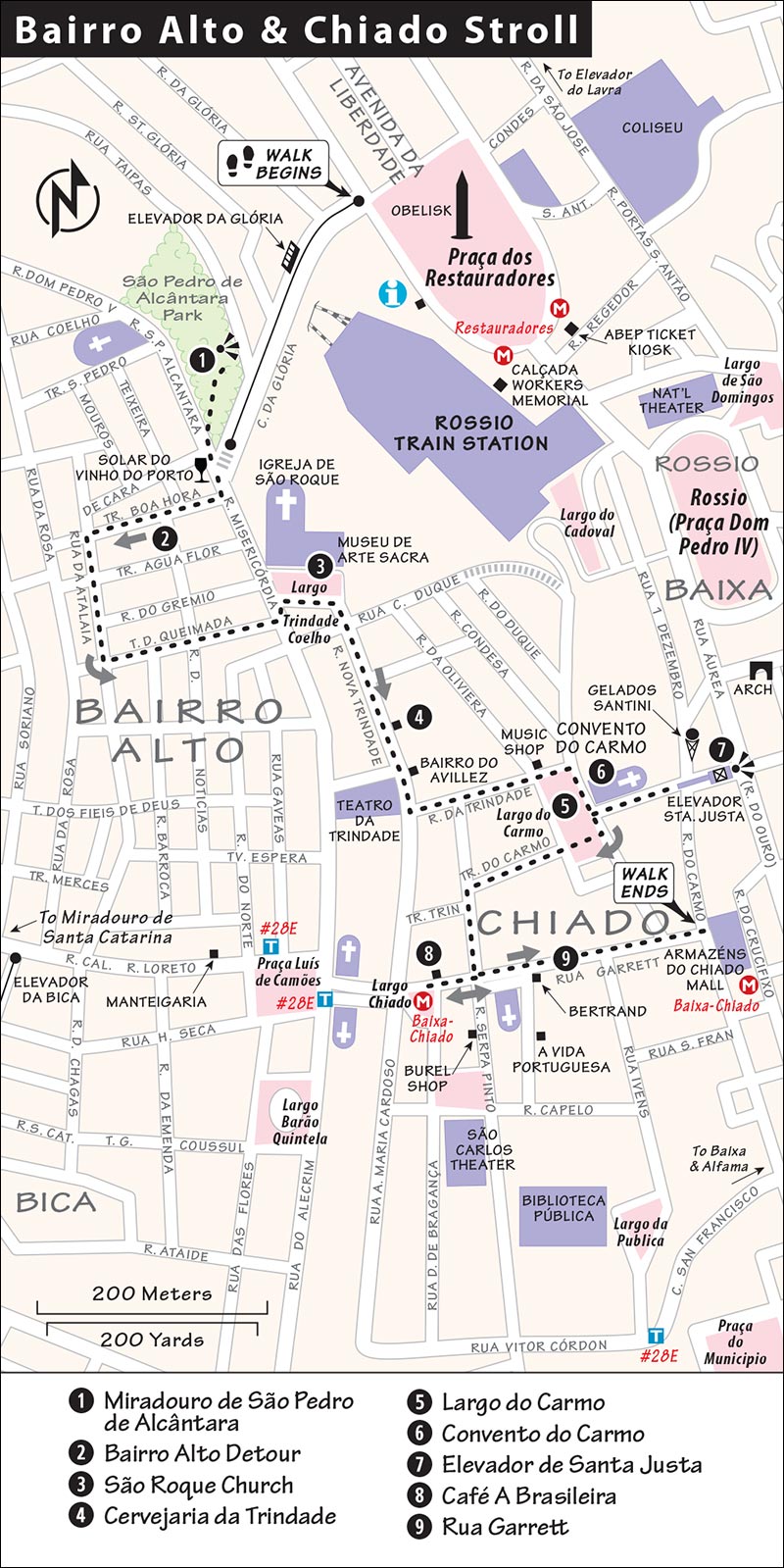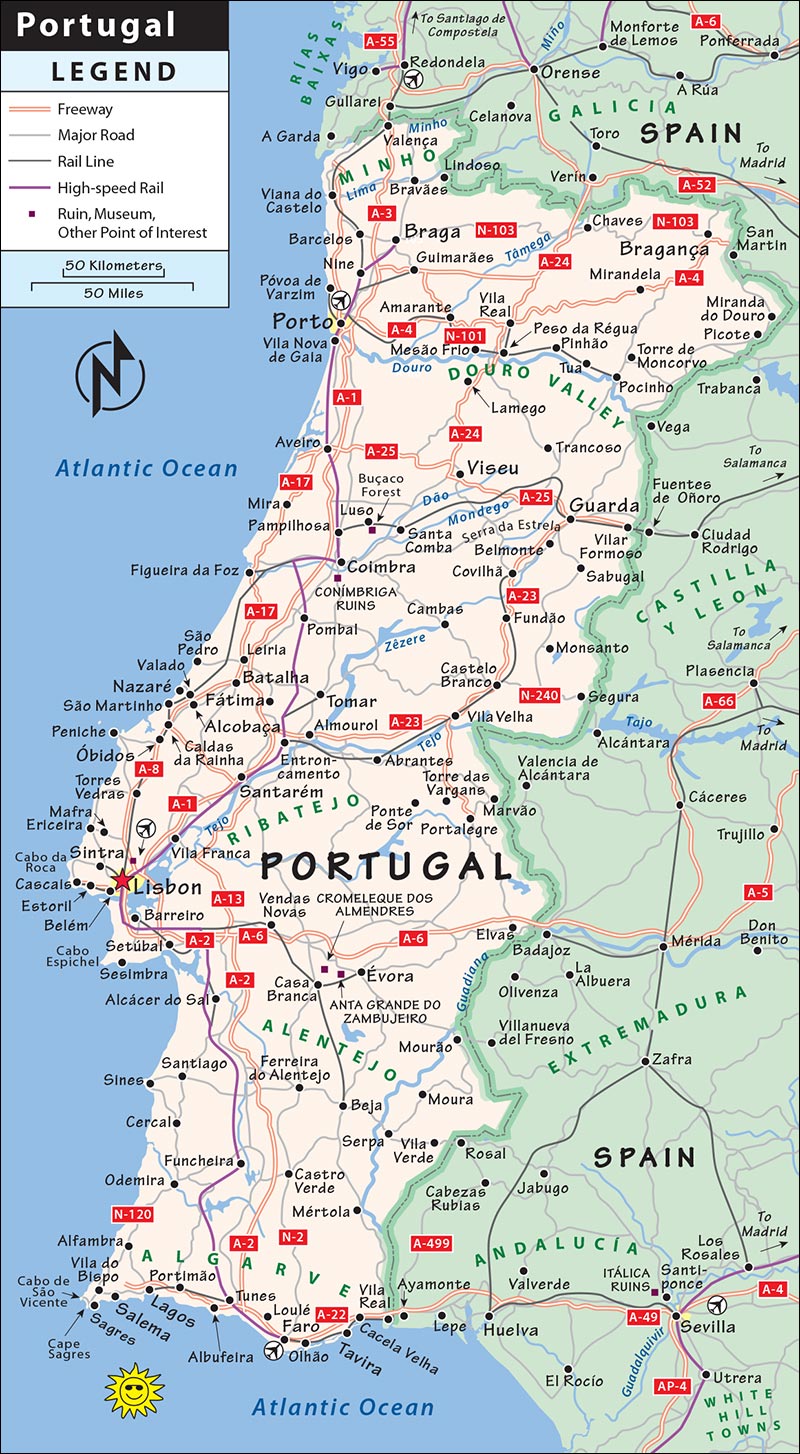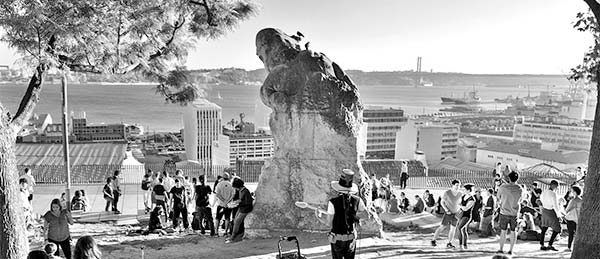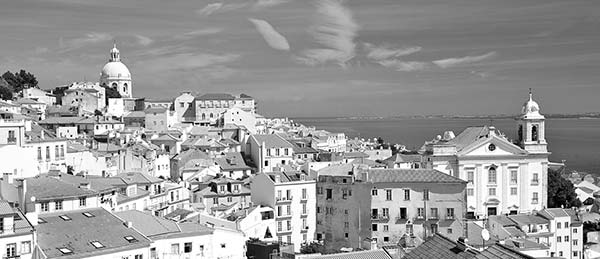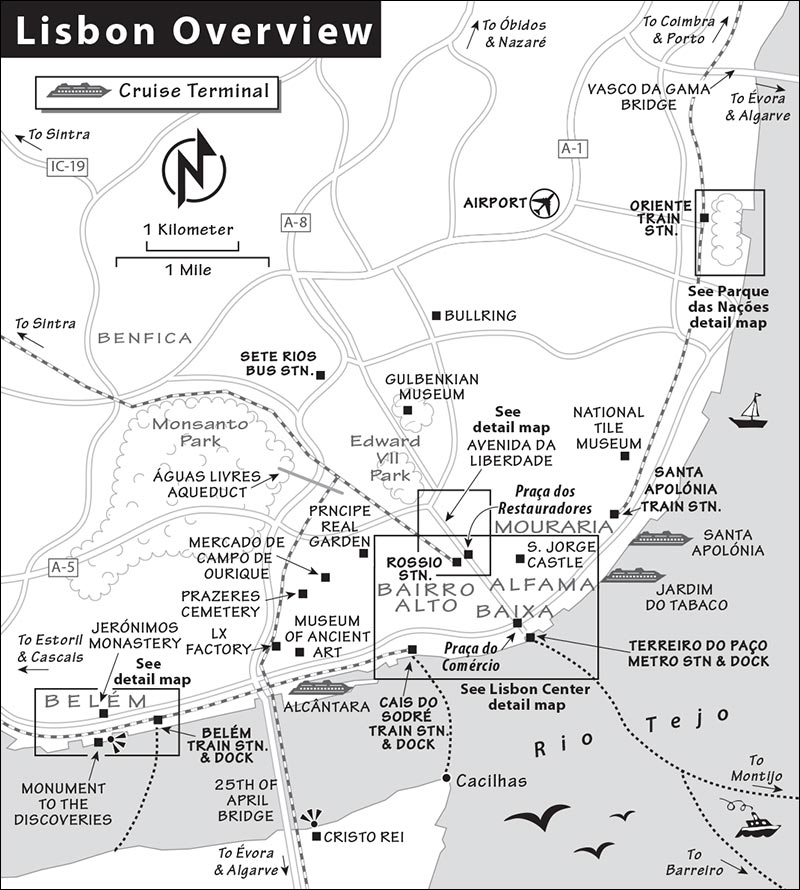Contents
Contents
Rick Steves
SNAPSHOT
Lisbon
This Snapshot guide, excerpted from my guidebook Rick Steves Portugal, introduces you to Lisbon, the countrys culturally rich capital. Here at the far western edge of Europe, prices are reasonable, the people are warm, and the pace of life slows. Lisbons neighborhoodsdotted with museums, inviting eateries, and squares grand and smallare connected by historic trolleys and mosaic sidewalks. Wander through the citys characteristic downtown neighborhoods like the hilly Alfama, the exotic Mouraria, and the busy Baixa, then head up to the lanes of Bairro Alto at night to find a good fado bar. The grand Belm district offers a look at Lisbons historic architecture and seafaring glory, from the 16th-century Monastery of Jernimos to the Monument to the Discoveries. Or visit the Gulbenkian Museum, the best of Lisbons 40 museums, offering 5,000 years worth of art.
Day-trip to the touristy but lovely town of Sintra, a former aristocratic retreat thats dotted with sights such as the fanciful Pena Palace, royal National Palace, and evocative Moorish castle ruins atop a hill.
To help you have the best trip possible, Ive included the following topics in this book:
Planning Your Time, with advice on how to make the most of your limited time
Orientation, including tourist information offices (abbreviated as TI), tips on public transportation, local tour options, and helpful hints
Sights, with ratings and strategies for meaningful and efficient visits
Sleeping and Eating, with good-value recommendations in every price range
Connections, with tips on trains, buses, and driving
Practicalities, near the end of this book, has information on money, staying connected, hotel reservations, transportation, and other helpful hints, plus Portuguese survival phrases.
To travel smartly, read this little book in its entirety before you go. Its my hope that this guide will make your trip more meaningful and rewarding. Traveling like a temporary local, youll get the absolute most out of every mile, minute, and dollar.
Boa-viagem! Happy travels!
Lisbon is ramshackle, trendy, and charming all at oncean endearing mix of now and then. Vintage trolleys shiver up and down its hills, bird-stained statues mark grand squares, taxis rattle and screech through cobbled lanes, and Art Nouveau cafs are filled equally with well-worn and well-dressed localsnursing their coffees side by side. Its a city of proud ironwork balconies, multicolored tiles, and mosaic sidewalks; of bougainvillea and red-tiled roofs with antique TV antennas; and of foodie haunts and designer boutiques.
Lisbon, Portugals capital, is the countrys banking and manufacturing center. Residents call their city Lisboa (leezh-BOH-ah), which comes from the Phoenician Alis Ubbo, meaning calm port. A port city on the yawning mouth of the Rio Tejo (REE-oo TAY-zhoothe Tagus River), Lisbon welcomes large ships to its waters and state-of-the-art dry docks. And more recently, it has become a popular stop with cruise ships.
Romans (2nd century BC) and Moors (8th century) were the earliest settlers in Lisbon, but the citys glory days were in the 15th and 16th centuries, when explorers such as Vasco da Gama opened new trade routes around Africa to India, making Lisbon one of Europes richest cities. Portugals Age of Discovery fueled rapid economic growth, which sparked the flamboyant art boom called the Manueline periodnamed for King Manuel I (r. 1495-1521).
On the morning of All Saints Day in 1755, a tremendous offshore earthquake rocked Lisbon, followed by a devastating tsunami and days of fires. Chief Minister Marqus de Pombal rebuilt downtown Lisbon on a grid plan, with broad boulevards and generous squares. Its this Pombaline-era neighborhood where youll spend much of your time, though remnants of Lisbons pre-earthquake charm survive in Belm, the Alfama, and the Bairro Alto district. The bulk of your sightseeing will likely be in these neighborhoods.
As the Paris of the Portuguese-speaking world, Lisbon (pop. 548,000 in the core) is the Old World capital of its former empire, which once had some 100 million people and stretched from Europe to Brazil, and Africa to China. Portugal remains on largely good terms with its former coloniesand immigrants from places such as Mozambique and Angola add diversity and flavor to the city; its likely that youll hear African music as much as Portuguese fado.
With its characteristic hills, trolleys, famous suspension bridge, and rolling fog, Lisbon has a San Francisco feel. Enjoy all that this world-class city has to offer: elegant outdoor cafs, exciting art, fun-to-browse shops, stunning vistas, delicious food, entertaining museums, and a salty sailors quarter with a hill-capping castle.
PLANNING YOUR TIME
Lisbon merits at least three days, including a day for a side trip to Sintra. If you have more time, theres plenty to do.
Day 1
Get oriented to Lisbons three downtown neighborhoods (following my three self-guided walks): Alfama, Baixa, and Bairro Alto/Chiado. Start where the city did, at its castle (hop a taxi or Uber to get there at 9:00, before the crowds hit). After surveying the city from the highest viewpoint in town, walk downhill into the characteristic Alfama neighborhood and end at the Fado Museum. From there, zip over to the big main square (Praa do Comrcio) to explore the Baixa, then ride up the Elevador da Glria funicular (or taxi) to begin the Bairro Alto and Chiado walk. Art lovers can then hop the Metro or a taxi to the Gulbenkian Museum (open until 18:00, closed Tue), while shoppers can browse the boutiques of the Chiado neighborhood and Prncipe Real. Consider dinner at a fado show in the Bairro Alto or the Alfama. For more evening options, see Entertainment in Lisbon, later.

